Leaderboard
Popular Content
Showing content with the highest reputation on 10/26/19 in all areas
-
I have a nice little carriage clock in for service, very good shape, except for over 0.30mm sideshake of the barrel arbor in the barrel. Thought I would show how I bush these; it seems they often get overlooked or just skipped as they are a little more fussy than just bushing a plate. I measure everything up, then remove the boss in the barrel, and make a bushing that fits from the inside and is stepped, replacing the boss. This way it's captive, and doesn't require a big interference fit to get seated and stay. I turn up the bushing with a boring tool in the lathe, doing the outside as well (running in reverse of course), then do the barrel opening with the same tool. It's a pretty quick process once you have the moves down!3 points
-
Bearing in mind, ' according to Ranfft it was manufactured in 1970, if thats right the watch is 39 years old, If its never had any parts changed in that time the first statement would be true. But in 39 years it will have been serviced and repaired but not knowing its history one can only guess at what has been changed over the years, Balance staff, balance complete even the fork its self, therefore the problem may have been introduced unwittingly by some previous repairer. The logical method would be change the fork if still same the balance. As the banking is fixed therefore not adjustable other than filing, but once material is removed it cant be put back, so that's a non starter, or moving the fork jewels2 points
-
Just adding that making carbide gravers yourself is quite easy, from broken drills or endmills etc. There are apparently many types of carbide, and the commercial ones that I have are of a darker color than the homemade ones. In the picture below, the two on the left are commercial, by Eternal tools -- pretty expensive. The rest is home made. They may look rough and crusty, but that's just the non-acting surfaces. The far right one was an experiment (very easy to make), and is actually my go-to graver for hogging hard steel. It is very hard to damage. If you start using carbide gravers, you need to be reasonably adept at using normal gravers, since any mistake will chip the graver or snap the tip right off. You can regrind it of course, but that's more troublesome because of the diamond tooling.2 points
-
Hi Probably been like it from the day it was made being acceptable at the time, as the escape wheel and fork position are fixed the only movable part is the fork jewels, and that's job and a half getting them right.2 points
-
Got this beat up Longings at a flea market about two weeks ago. Dial is thrashed but hands can be saved. Its a Cal.12 which is a nice movement and the balance swung smoothly. When I got it back home I wound the mainspring with the screw on the ratchet wheel and it started ticking.. Sluggish but it bodes well for this project! Apart from a missing case screw everything looks good so far! Mainspring was wound down (no power) when I got it and the regulator is in the middle so I bet is was a nice runner until a missing crown led to it being put away. Crown tube is pretty mashed up but at least the stem is there (a plus point!) , and the case has a lot of scars. It has solid springbars but it looks like they were added on later, it a pretty untidy job and one lug in particular looks a bit weak As it's only the solder holding it in. It's normal to see damaged lugs on base metal cases but this is a Stainless Steel case. Nice engraving on the inner case back. I'll probably clean and oil it and fit a new crown and crystal. I should be able to 'massage' the hands back to shape but the dial will probably stay as it is. Will post up pics as I get along but this is not an urgent job as I have a few others waiting in line. Anilv1 point
-
34mm German-made Anker today. Unhappily, I haven’t yet established which of several Mikrolisk possibles made this particular watch, and probably never will. Its unlovely 21j movement is a French-made Lorsa 655G.3 and whilst the unidentified anti-shock has every appearance of having been cobbled together in someone’s garden shed, the same device was also used in some of the other 65x examples shown in the good Dr R’s archive. Regards.1 point
-
Click this link -> https://www.windingstems.com/felsa.php?caliber=1560 They suggest it also fits the following. Felsa 410, 415, 690, 691, 692, 692N, 693, 694, 695, 696, 697, 698, 699, 712, 713, 714, 715, 760, 790, 792, 799, 1560, 1561, 1565, 1572, 1583, 1594, 1605, 4050, 4051 You could also look for it, based on that suggestion, on ebay or whatever other supplier you know, if windingstems.com don't have it in stock, or can't/wont ship to your location. One other tip. I have a large tub of hundreds of random stems, bought as a job lot for a couple of quid. Based on the dimension info from windingstems.com and my micrometer, I can rummage about and select something from my pile, with a reasonable chance of success, even if the original stem is missing.1 point
-
Not at all no. As per my reply, what the TG tells you is what it reads there at the time, the watch however is static and it can't estimate a reading based on use. They are incredibly accurate but a mechanical watch being what it is, is prone to forces applied to it all day long in use, an auto wind, especially one without a manual wind function, is subject to your daily activity according to how well wound it is. You say almost a minute a day but the figures I saw on the video show an average of a few seconds gain? i.e. If you were to wear your seiko from a full wind whilst standing stock still with your hands hanging down for 24 hours it 'should' reflect the initial reading of +50s (this is discounting temperature differentials power fluctuation from the mainspring unwinding and movement). Look at your daily activities, which positions do you wear your watch in, is it subject to shock that could occasionally halt the balance causing a loss over a day. Is it subject to wide temperature variations, for example, you live somewhere hot and work somewhere cold or vice versa. I pretty much guarantee that both could see improvement with a clean and re lube, (i've serviced brand new seiko 5 movements and found huge variances in the oiling of said movements) Invicta I'm not sure about but believe they use decent quality Chinese movements? so that will be a similar story. One more important thing to bear in mind, there's always a 'settling in' period for a new or freshly cleaned and lubricated movement, I tend to work on a principal of a week of wear then check and regulate again by which time it should have settled into a more regular rythmn. I suggest that you try getting a reading in the most common positions you wear yours throughout the day, (take into consideration the resting position if you remove your watch at night or when you get in from work etc), take an average and then regulate that average to 7s+ and it should get you close to the ideal 0. If you want more guaranteed accuracy, there are three options. 1 Strip, inspect, adjust, clean, oil and rebuild but there's only so far that will take you depending on the finish of the original movement. 2 Get a higher quality mechanical movement, (which are costlier of course, it doesn't have to be a 'name', something with an ETA movement for example will give better results) 3 Get a quartz watch, which are and always will be more accurate, (but that's not why we love watches) Edit added, the state of wind is in reference to how much wind on the mainspring, if you can manually wind you can wind fully before each test, if your seiko movement is like the 7*** series you can't wind via the stem, only manually by the barrel arbor screw so the mainspring on one test can be fully wound, on the next, half unwound, on the next almost full due to an active day, on the next half again, on the next almost unwound due to a lazy day for example.1 point
-
Hi Have a look on windingstems.com or lookup on cousins website under ronda winding stems they have the full catalogue down loadable in sections.1 point
-
First, the shown deeper lock (esp. 2nd photo: too deep) seems not very likely to reduce the amplitude so much. If it is a pallet or a banking pin issue, is not difficult to find: essential is the point, where the wheel tooth hits the pallet jewel. The pallet fork must move a bit more then for security, until stopped by the banking "pin". If this movement is considerable, the banking pins (hrer: gap) are too wide else the pallet jewels are too long. Frank1 point
-
1 point
-
1 point
-
Ideally your dial-up and dial down amplitude should be the same. If it is not it can be an indication of pivot problems. Then from your pictures of the fork it looks like there's a little room behind each of the stones you just have to move them back a little bit. Then if you know what the look for its amazing what you can find by doing a search in case you don't know what the tool looks like for moving a pallet stones. https://www.watchrepairtalk.com/topic/8699-pallet-stone-replacement/1 point
-
You could of course try a different fork and see if that has any effect. I don't see any evidence of other damage that might cause the fork to be out of alignment, but I guess it is possible that the fork is either out of tolerance (though I have never heard of shellac swelling, but I guess that might be a possibility), or the fork and/or balance and/or escape wheel have been replaced at some stage with a defective part, and the movement hasn't run correctly since.1 point
-
If you've eliminated other causes then yes you will increase amplitude by decreasing lock. You have to check it to see if the stones could/should be moved, or if the only option is closing the bankings. This is something you spend weeks on in school, I would suggest checking something like the Chicago School of Watchmaking course or Bulova School course (both can be found for free online I believe) for insight.1 point
-
The lock looks very heavy. Whether it's due to the jewels being too far out or the bankings being too open is impossible to say just looking like that. Does it have banking pins? Are they straight?1 point
-
1 point
-
You've just crushed the watch of my dreams. What a Rolexist person you are.1 point
-
Superb. Glad everything worked out. Both these watches look fantastic. Well done!1 point
-
You could attempt to create your own custom dial. You should be able to source the blank dials from Esslinger or a number of other suppliers. They also seem to do custom dials -> https://www.esslinger.com/make-my-own-watch-34-8mm-diameter-watch-dials/1 point
-
I spent two hours yesterday evening trying to replace the pallet stones in a Illinois Bunn Special 18s 21jewel Pocket watch to complete the tear down & cleaning and mainspring replacement . I went to bed because I just couldent get the stones shellacked in. This morning on my first try, Success I always find that taking a break from a job that isn't going well seems to do the trick . whether its watch repair or any other tricky job. Tim1 point



.thumb.jpg.cb8ef5963dc2c32068cb38eb1b0fb301.jpg)
.thumb.jpg.362ea1b8e48147d0abb1d1413fa0f340.jpg)
.thumb.jpg.fdfeb0a7c19e0bf17989b54e6e601146.jpg)
.thumb.jpg.75be807e243857607adb7f0f8a1d6780.jpg)
.thumb.jpg.b5937ec5bee779cabad721680f8b05d4.jpg)
.thumb.jpg.a1a89a2ade5d958da7ac13078333067f.jpg)
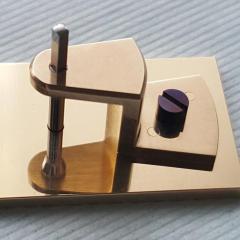
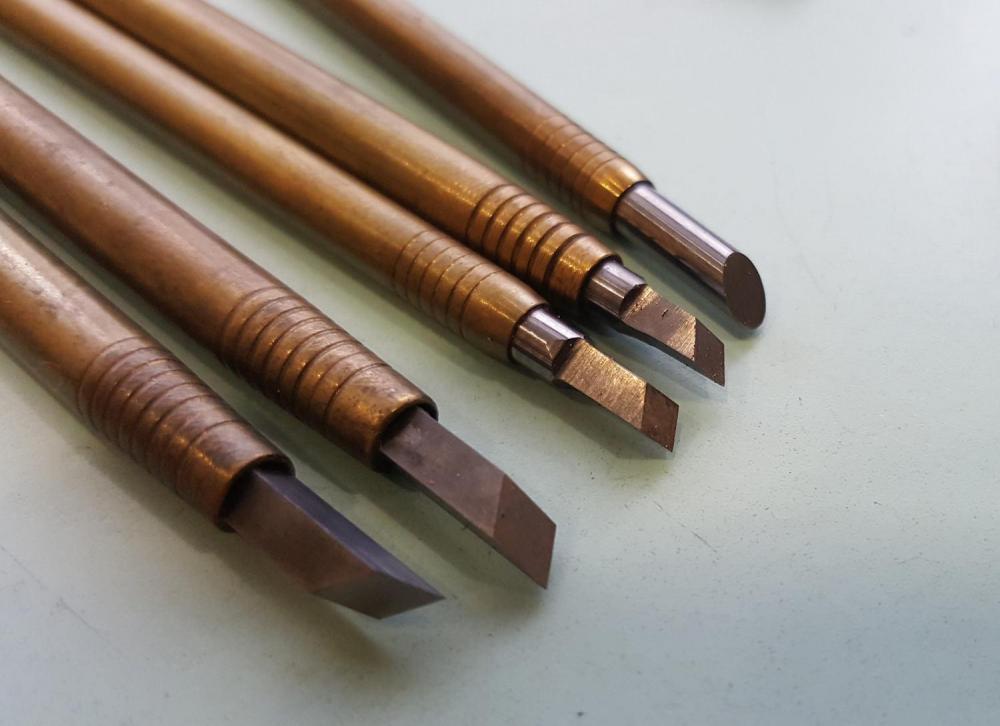

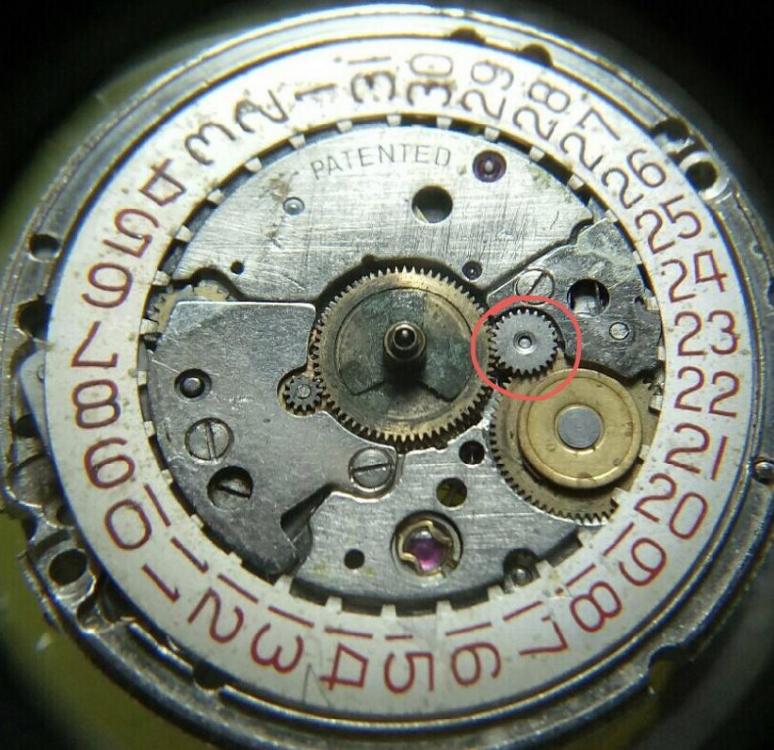
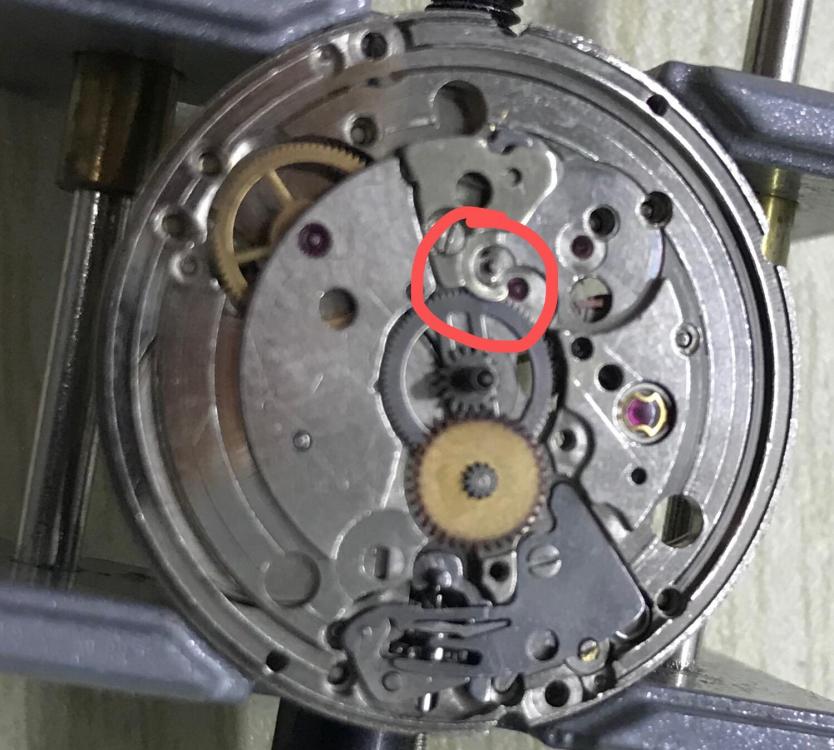
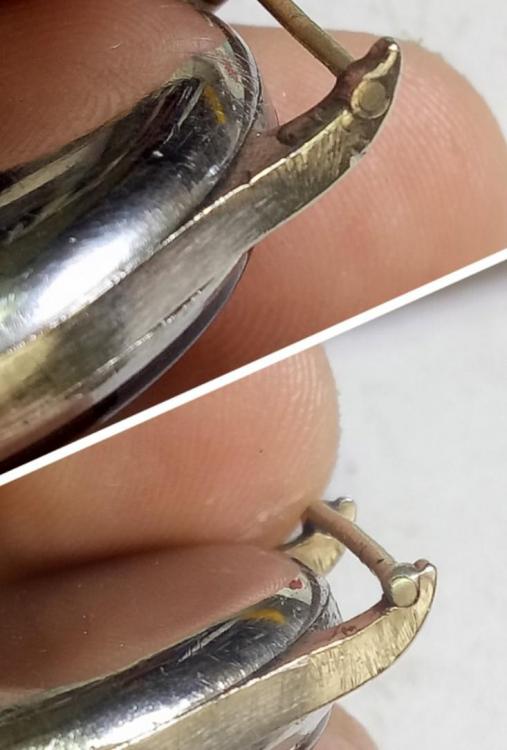
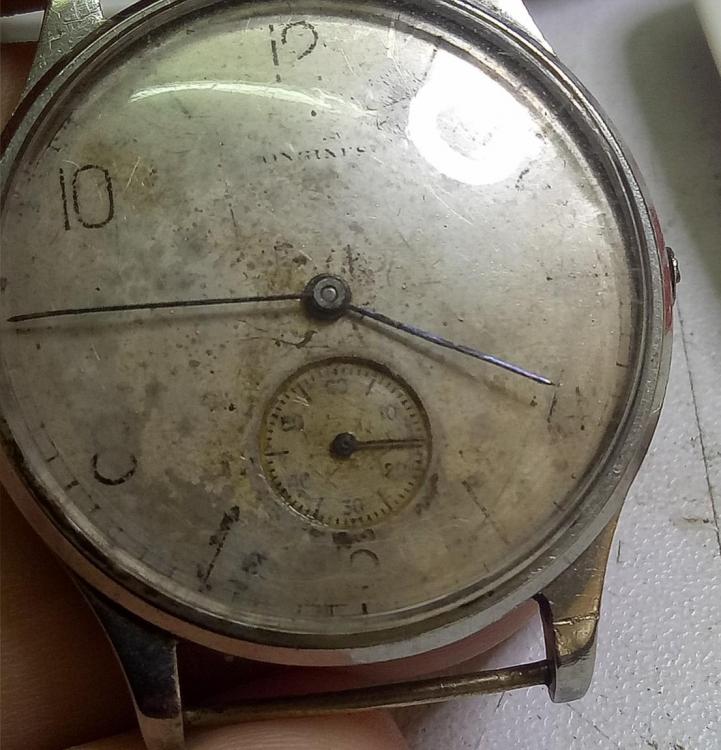
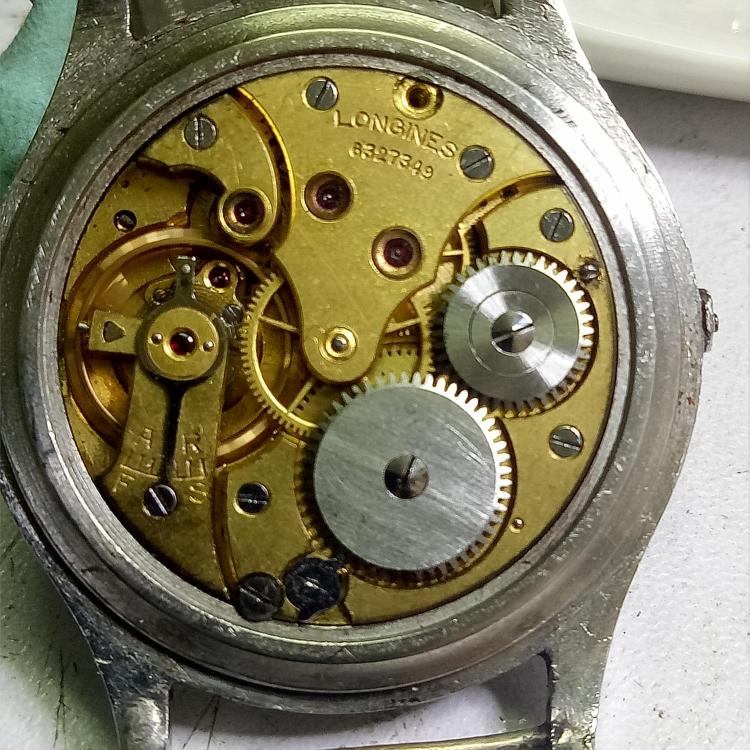
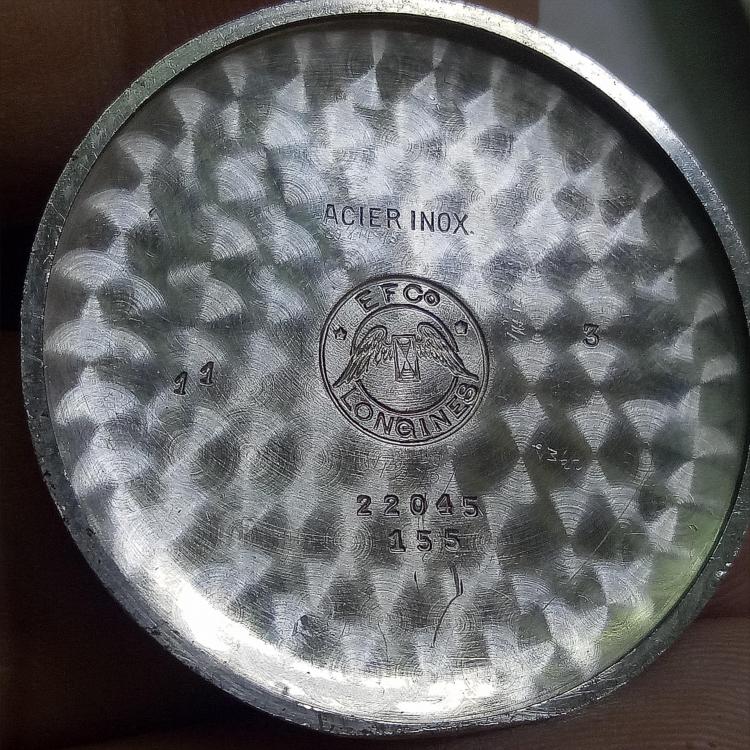
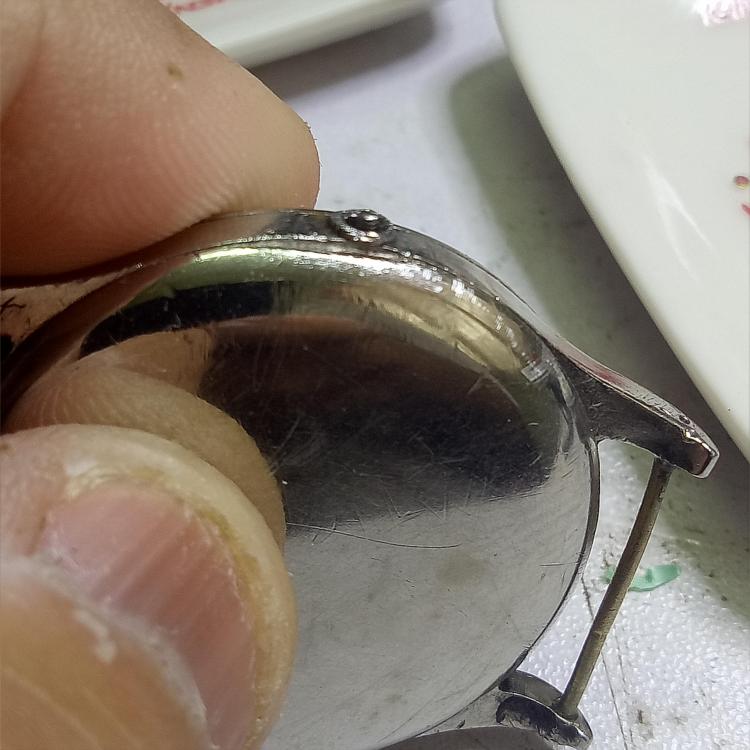
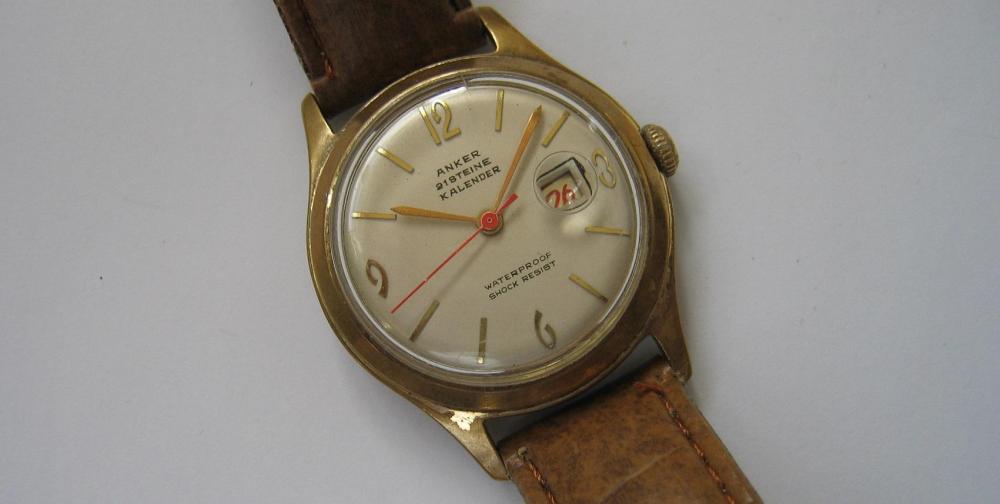
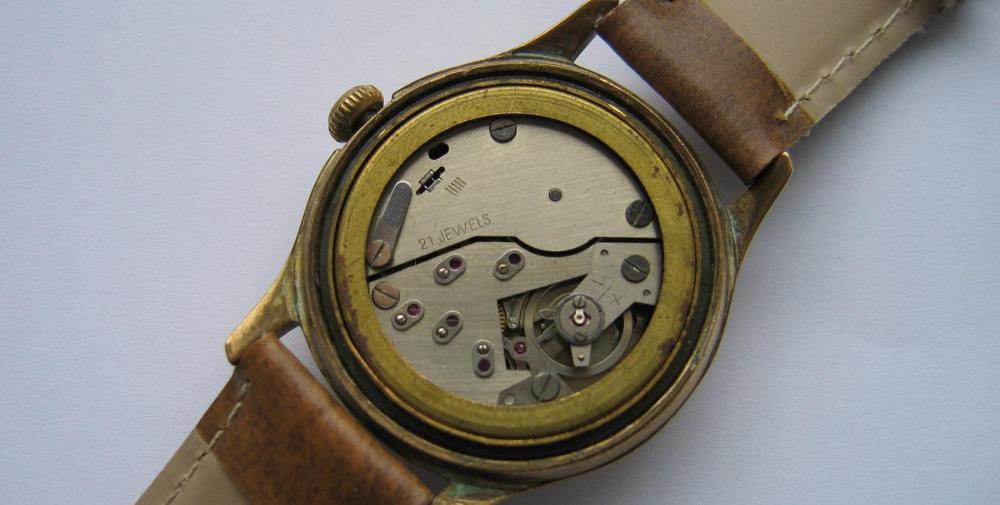


.jpg.6225a64433578a11e0218b27c20b13f5.thumb.jpg.d82b0cd1e370f3a3a59a06afa957d184.jpg)
.thumb.jpg.64d0d2fef08fbfccbefca13e9c9e5d29.jpg)